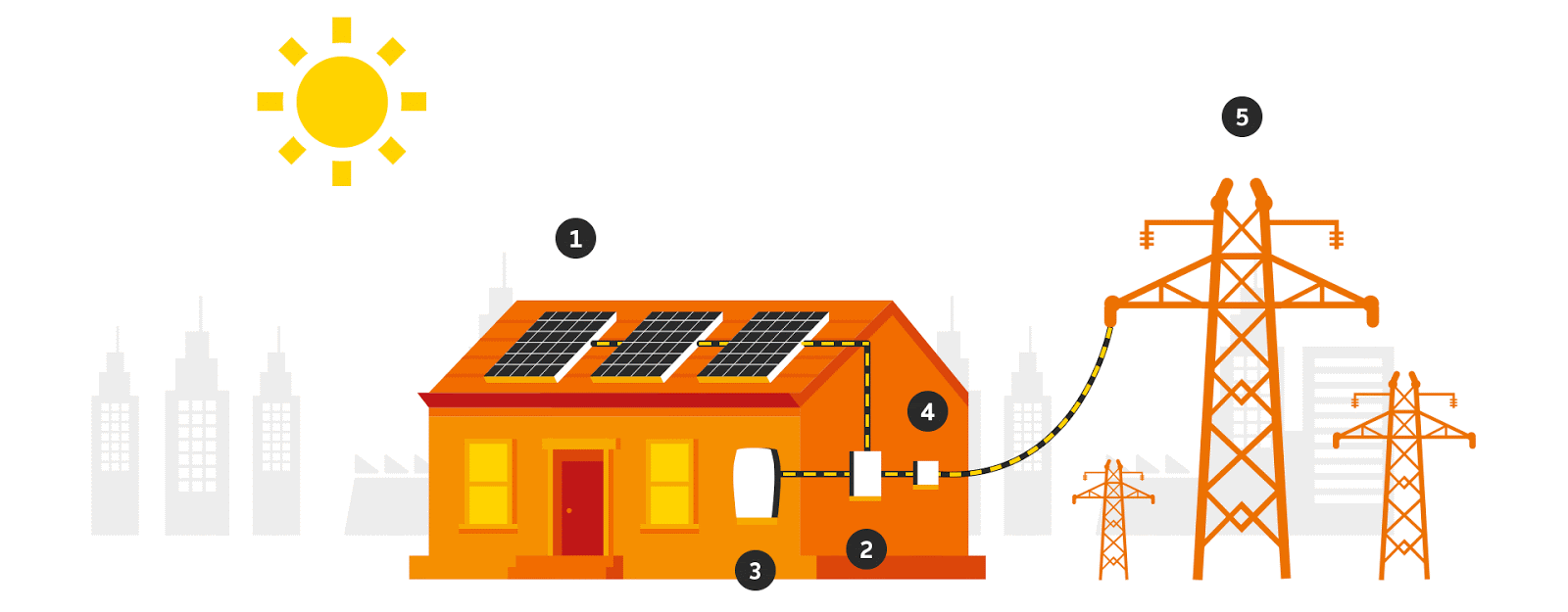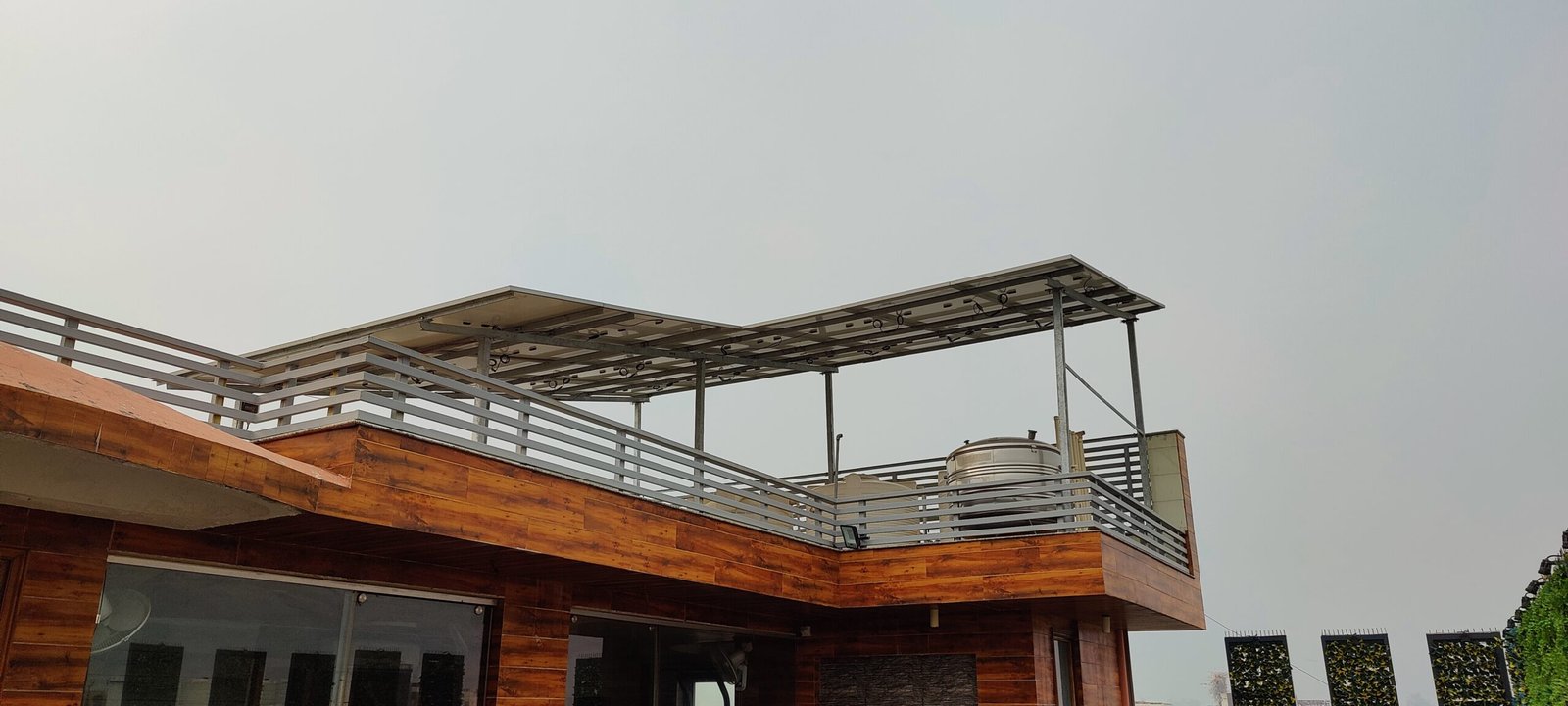Services We Provide
Harness the Power of the Sun for Your Home
Imagine a future where you can significantly reduce your electricity bills and contribute to a greener planet—all from the comfort of your own home. Our residential solar power plants make this vision a reality.
An on-grid residential solar power plant, also known as a grid-tied or grid-connected system, works by harnessing solar energy to power your home while staying connected to the local utility grid. Here’s a step-by-step breakdown of how it works:
- Solar Panels: Solar panels are installed on your roof or property. These panels contain photovoltaic (PV) cells that convert sunlight into direct current (DC) electricity1.
- Inverter: The DC electricity generated by the solar panels is sent to an inverter. The inverter converts this DC electricity into alternating current (AC) electricity, which is the standard form used by most household appliances1.
- Electricity Usage: The AC electricity is then used to power your home. When your solar panels produce more electricity than you need, the excess energy is fed back into the grid1.
- Bi-Directional Meter: A bi-directional meter tracks the electricity flowing in and out of your home. It measures the electricity you consume from the grid and the excess electricity you feed back into it1.
- Net Metering: Through net metering, you receive credits or compensation for the excess electricity you generate. These credits can offset your future energy consumption, reducing your electricity bills1.
- Utility Grid: The utility grid acts as a backup power source. When your solar panels aren’t producing enough electricity (e.g., at night or on cloudy days), you can draw power from the grid1.
This system allows you to generate your own electricity, reduce your reliance on the grid, and save on energy costs while contributing to a sustainable future
How Net Meetring Works



